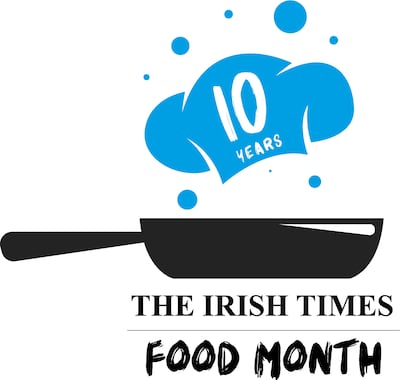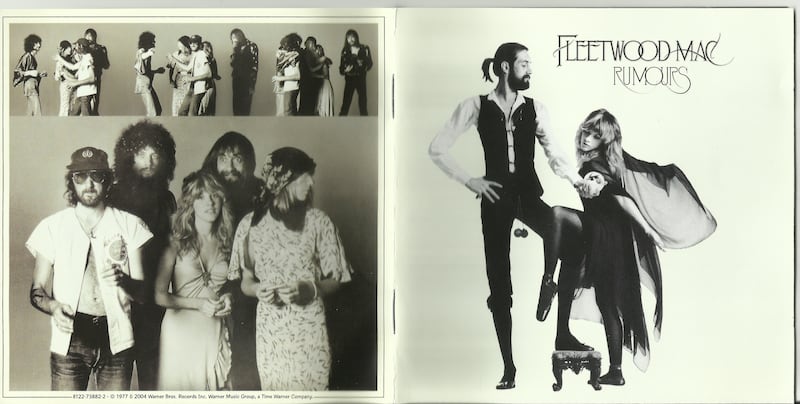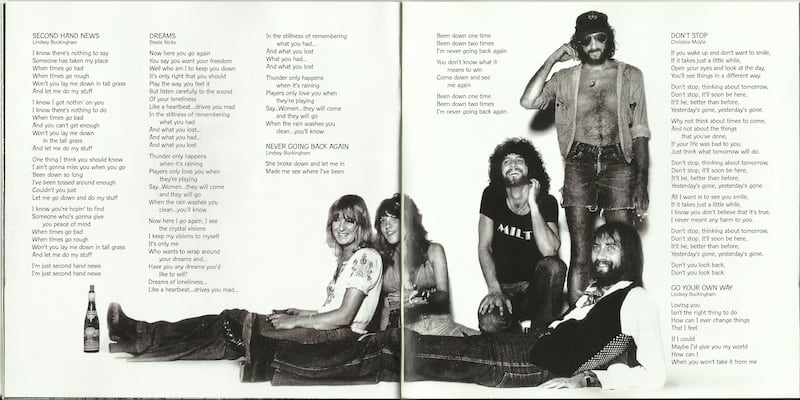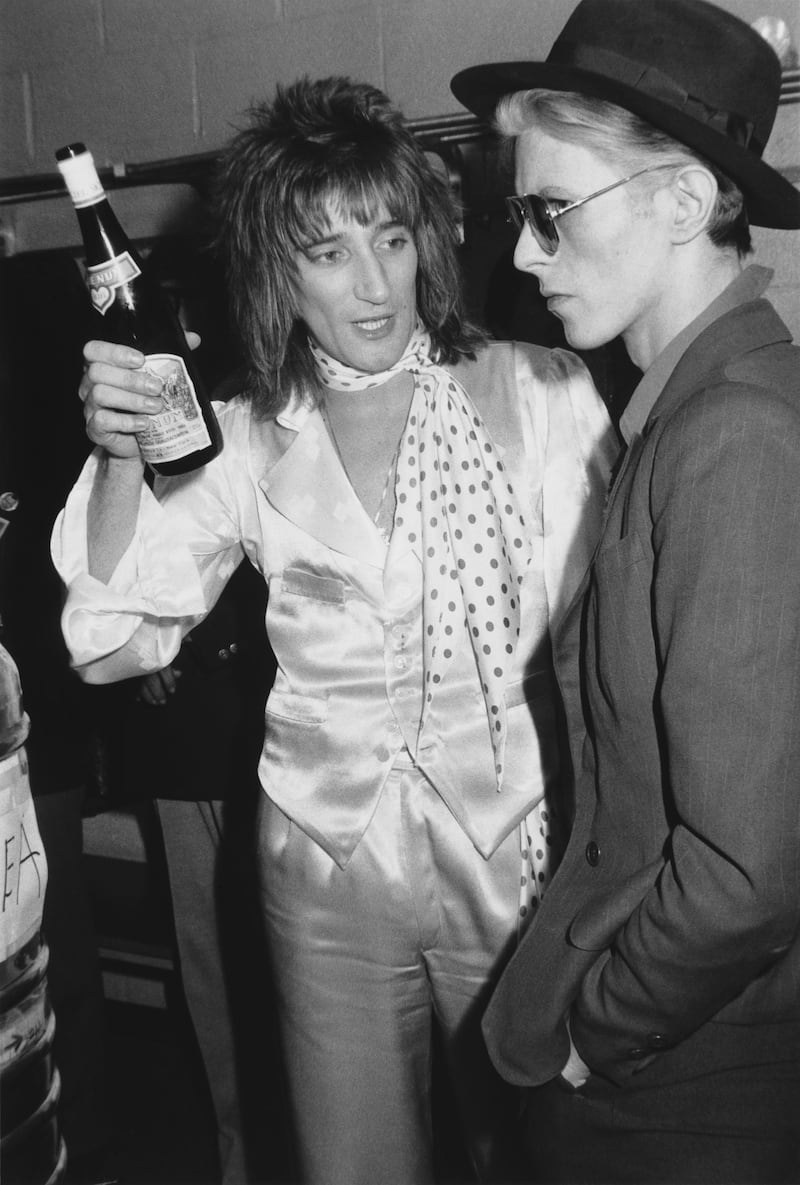History is filled with famous nuns: Hildegard of Bingen, Edith Stein, Teresa of Calcutta and, among many in Ireland, the remarkable Catherine McAuley and Stanislaus Kennedy. We’ve had singing nuns and flying nuns but have you ever wondered, as I did recently, whatever happened to the Blue Nun?

Global even before globalisation, Blue Nun was once the biggest name in the mass market wine business, selling a staggering 35 million bottles in 1985 alone.
Younger readers may be somewhat lost at this point but among older Irish people the words Blue Nun trigger strong feelings – nostalgia, embarrassment, disgust and delight, sometimes all at once.
For many people Blue Nun was, from the 1960s to the 1980s, their introduction to wine. Though hugely popular then, the sweet German wine is an unwelcome reminder to many of their younger less sophisticated selves.
Yet even back then they were in good company: in its heyday, Blue Nun was drunk very publicly by artists such as Elvis, David Bowie, Rod Stewart and Fleetwood Mac.
Though the brand faded into obscurity in the late 1980s it never went away and still sells 5 million bottles annually in 90 countries – mostly in the Nordics and Asia.

But now the nun is back. With her 100th birthday looming, and sales of 1.1 billion bottles to her name, Blue Nun has a daring new look and a new blend. The wine that (in)famously goes with anything wants to get back together with you.
“We are trying to find our way back to the very beginning, to be simple yet straightforward,” says Patrick Langguth, a seventh-generation director of FW Langguth, one of Germany’s largest wine producers.
We found it is difficult to work with them. Nuns are just not very sexy
On a videocall he takes me on a whistlestop tour of the relaunch, including a planned return to the UK and Ireland market. But I want the history. Who was the Blue Nun?
That is the funny thing: there never was any nun. She was dreamed up in 1923 by the Jewish wine traders Sichel & Sons from Mainz to attract customer attention to its bottles of Liebfraumilch, a generic white wine with its origins in the Rheinhessen region near Frankfurt.
Their idea was clever, tapping into a centuries-old tradition when German nuns and monks were big players in the beer and wine business. Before modern quality controls and certificates, a smiling religious figure on the label was good enough for most people.

The Sichels’ first label carried an illustration of four nuns out in the vineyards wearing white wimples and brown habits. Brown? So when did the Blue Nun arrive?
“That came from a printing error,” laughs Langguth. “Sometime in the 1930s the ink from the sky leaked and the nuns turned out blue. Printing was expensive so the label with the blue nuns on the label went out.”
And the orders rolled in: from across continental Europe and the UK. People called and wrote to the Sichels asking for, demanding, the wine with the distinctive blue nuns on the label. In the days before wine retail the label was a unique selling point. So unique that it remained popular even among Allied countries throughout the second World War.
Germans are good at planning things and long-term strategy, but they are not very good at working under pressure or crisis
By that stage the Sichel family had fled Nazi Germany for the US. Their firm, seized by the fascist regime, was later returned. It wasn’t until 1961 that their blend even officially became known as Blue Nun Label, then Blue Nun in 1970. After the Sichels sold the brand to the Langguth family in 1996, the illustrations of wimpled women vanished from the label. As Langguth puts it, his marketing people “euthanised the nuns”.
“We found it is difficult to work with them,” he says, speaking as if of real people. “Nuns are just not very sexy.”
This pales in comparison to the damage done in the late 1980s to German and Austrian wines in general when a small number of unscrupulous wine producers were caught sweetening up their wines using antifreeze.
That blow to trust came just as New World wines helped shake up the European market, and tastes shifted from sweet to dry. In central Europe Austrian wine bounced back quickly, with clever marketing, higher standards and new varieties. But Langguth thinks the German wine industry is still flailing around almost 40 years later.
“Germans are good at planning things and long-term strategy, but they are not very good at working under pressure or crisis,” said Mr Langguth, who hastens to point out that he is half Brazilian.
After decades as a market leader Blue Nun lost her lustre, and US, Australian and South African competitors moved in with equally strong branding that even lifted the nun’s “goes with everything” sales proposition.

So how does the Blue Nun plan to win back her market from these pretenders? One hope is by making her less German and more a true blue European. Instead of sweet Liebfraumilch each new bottle of “Blue Nun Authentic White” has around half Spanish Airén wine (“for volume”), one quarter German Riesling, 16 per cent Hungarian Moscato (“for a flowery bouquet”) and 12 per cent Italian Chardonnay (“for a buttery effect”).
Its standard white and rosé have residual sugar of 33g/l, fairly sweet but at the lower end of the medium sweet scale. In addition there are new varieties of Blue Nun Rose Riesling, Moscato and Gewürztraminer.
Beneath the cork and metal cap, the new glass bottles are striking to look at. There’s a new blue glass bottle (Pantone 2766c, fact fans). The label is all-new with a new historic typeface and a new nun looking like a cross between a 1920s flapper and a paper doll.
I have no nostalgia whatsoever for the days of being utterly sick on this wine
The new Babylon Berlin vibe is the brainchild of US designer Paula Scher, behind the graphic identities of Tiffany & Co, Rolls Royce and Citi.
While many may turn up their nose at Blue Nun, relaunch or not, it is interesting how many people in the wine world show their respect.
Its innovative branding and product consistency were landmarks for the industry, they say, and for every wine snob there are many people who are happy – grateful, even – to find a brand they know and trust. The relaunch also comes at an interesting point, when some see a slow pivot away from dry whites back to sweeter varieties which, historically, were always hugely popular.
“People can knock it but Blue Nun was a door-opener for people to enjoy wine,” said John Wilson, Irish Times wine columnist. “I think they could take back a market share but they will need deep pockets to tackle today’s big established brands: Jacob’s Creek, Gallo, Yellowtail. It will be hugely interesting to watch.”
Judging from the responses of friends and colleagues, it s clear that “Blue Nun” still enjoys huge brand recognition, though not always positive.
It tastes like a three-note chord played on a piano, without the pedal
Several remember their teetotal parents opening a bottle to pour a glass of Blue Nun for a guest, then putting a cork in the bottle until the next unsuspecting visitor.
It remains to be seen if the 100-year-old Blue Nun will win back her flock. But as former devotees Fleetwood Mac once sang: “Lightning strikes maybe once, maybe twice.”
Taste test
I organise an unsuspecting international tasting party of two Germans, who have never heard of Blue Nun (it was never sold here), myself and an English friend we will call Mary. She pales visibly when I produce a bottle of Blue Nun.
“After cider, I remember my 16-year-old self drinking so much of this, it was cheap and available everywhere,” she says, watching uncertaintly as I fill up her glass with Authentic Rosé.

Short sips, anxious gazes, then silence.
“Well,” says one of the Germans hopefully, “it’s a wine.”
My own first reaction – “so sweet” – soon yields to something else. It’s very drinkable, cheery, goes down easy.
“Es stört nicht,” says the second German, it bothers no one. Faint praise as we eat our 1980s shepherd’s pie and I open the Authentic White, with a similar sweetness and a curious mix of flavours.

“It tastes like a three-note chord played on a piano, without the pedal,” says the second German, still hostile to the Blue Nun. Perhaps it’s because he’s a Protestant, I muse.
As we shift to dessert things improve, at least in my mouth. The white’s Riesling note hits it off with the Delia Smith apple crumble and the creamy Chardonnay with the vanilla sauce.
How to describe Blue Nun? Everyone at the table agrees that she is curiously inoffensive: her flavour vanishes almost immediately, clearly intentionally: a one-dimensional experience compared to other wines’ three-dimensional complexities. Perhaps the best description of Blue Nun is liquid Riverdance: a strong brand, consistent quality, a good night guaranteed though not everyone’s taste.
Accepting a second glass under duress, Mary wonders aloud if Blue Nun can win over her target market of young women.
“Even they have moved on, given you hear them shouting in bars these days for their Chardonnay and their Pinot Grigios,” says Mary, nearing 60. “I may not be the target market either. I have no nostalgia whatsoever for the days of being utterly sick on this wine.”




















